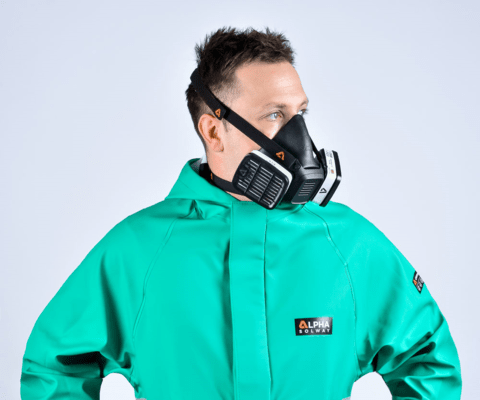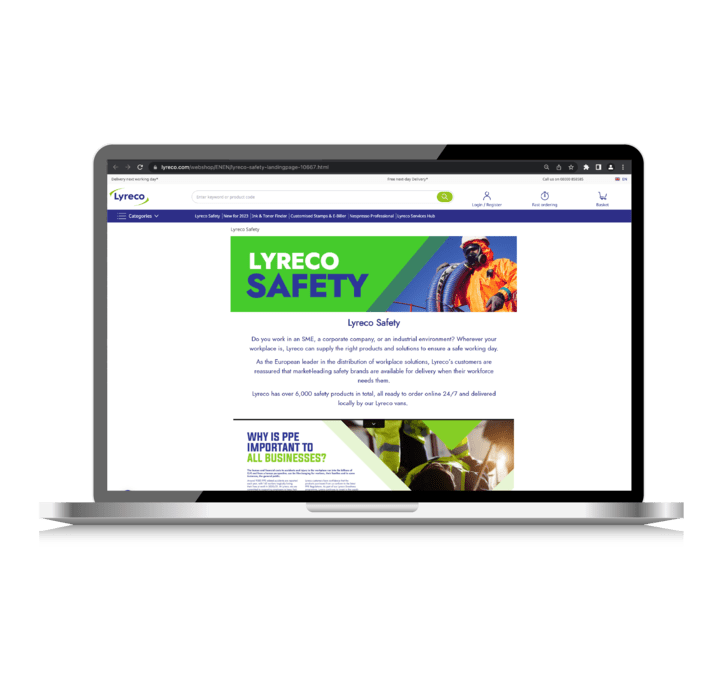Respiratory
Protection
Respiratory protection is designed to protect the wearer from inhaling a variety of airborne contaminants and hazards such as dusts, fumes, vapors, and infectious agents associated with inhaling small and large particle droplets.
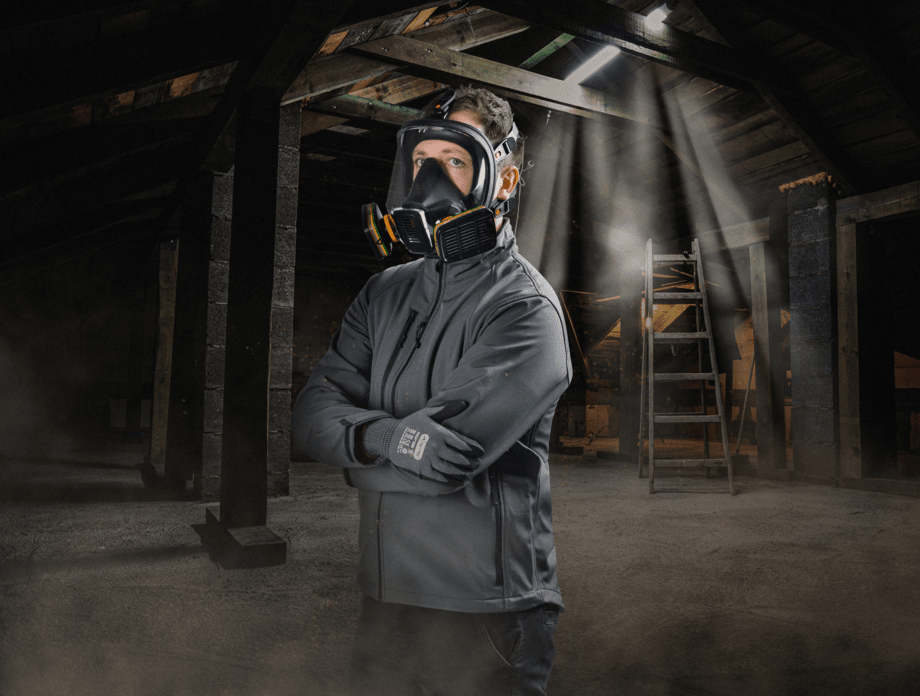
Wearer
You will require Respiratory Protective Equipment (RPE) that is adequate and suitable to ensure the wearer is protected. This means: Adequate – It is right for the hazard and reduces exposure to the level required to protect the wearer’s health.
Suitable – It is right for the wearer, task and environment, such that the wearer can work freely and without additional risks due to the RPE.

Substance
To select RPE that will protect the wearer you will need a basic understanding of:
The hazardous substance and the amount in the air (exposure);
The form of the substance in the air (eg gas, particle, vapour);
The type of work being carried out.

Environment
Your risk assessment will help you decide if controls are required for airborne workplace hazards such as dust, mist, vapour, gas or fume. RPE may be required because there are no other suitable controls or if the controls are not sufficient on their own.
Did you know…
0
Lung Disease Deaths
Estimated Lung Disease Deaths each year to be linked to past exposure at work
0
Mesothelioma Deaths
2268 Mesothelioma deaths in 2021
0
New Cases of Breathing or Lung Problems
It is estimated 19,000 new cases of breathing or lung problems caused or made worse by work each year on average over the last three years according to self-reports from the Labour Force Survey.
Source: HSE
Standards & Markings
FFP1 – Typical Applications include: Low-level fine dust/oil or water based mists (hand sanding, drilling and cutting) APF:4
Classification explained: APF = Assigned Protection Factor. When correctly used by a wearer who has passed a face fit test, an FFP1 respirator should reduce exposure to airborne particles by a factor of 4, an FFP2 by a factor of 10 and an FFP3 by a factor of 20
FFP2 – Typical Applications include: Moderate-level fine dust/oil or water-based mists (plastering, cement, sanding and wood dust) APF:10
Classification explained: APF = Assigned Protection Factor. When correctly used by a wearer who has passed a face fit test, an FFP1 respirator should reduce exposure to airborne particles by a factor of 4, an FFP2 by a factor of 10 and an FFP3 by a factor of 20
FFP3 – Typical Applications include: Higher-level fine dust/oil or water-based mists (hazardous pharmaceutical powders, biological agents and fibres) APF:20
Classification explained: APF = Assigned Protection Factor. When correctly used by a wearer who has passed a face fit test, an FFP1 respirator should reduce exposure to airborne particles by a factor of 4, an FFP2 by a factor of 10 and an FFP3 by a factor of 20
EN 136 – Full mask
EN 137 – Self-contained open circuit compressed air breathing apparatus
EN 140 – Half mask face pieces
EN 141 – Gas/vapour Filters
EN 143 – Particulate filters
EN 146 – Powered respirators with hood or helmet
EN 147 – Powered particle filter full face masks
EN 149 – Filtering face piece respirators to protect against particles
EN 270 – Compressed air units with hood
EN 371 – Gas and combined filters for use against low boiling organic compounds
EN 402 – Escape apparatus, self contained breathing apparatus with full face mask or mouth piece assembly
EN 405 – Valve filtering half mask respirators (maintenance free) for gases and/or particulates
EN 1146 – Compresses air escape apparatus with hood
EN 1835 – Light duty supplied air
EN 12941 – Powered respirators with hood or helmet requiring low indicator
EN 12942 – Powered respirator full face masks
EN 14387 – Reusable Filters Gas or Combined Gases
EN 14683 – Medical Grade
Discover Respiratory Protection
Explore Respiratory Protection from Lyreco, supplied by some of the biggest brands across PPE & safety.
You’ll find a range of products marked as sustainable via our Sustainable Selection methodology. The selection methodology is assessed by SGS, and based on 3 criteria – People at Work, Planet, and Community by Lyreco. By shopping these products, you’re making a more socially & ecologically responsible safety procurement option.
Our Safety Brands

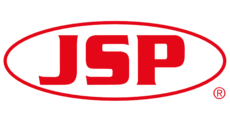

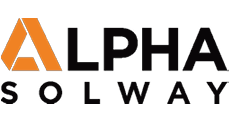


Powered Air Purifying Respirators
Powered Air Purifying Respirators (PAPR) provide optimum comfort and protection, particularly when working in a hot environment.
Powered air respirators work as a ‘positive pressure respirator’, whereby the battery pack pushes cool, clean air to the wearer which can allow the worker to be more productive and is easier on the wearer’s lungs.
With our powered air respirators, you will also have a choice of head top, such as soft or hard, depending on the requirements of your working environment. This solution is also ideal for wearers with facial hair or significant facial scarring.
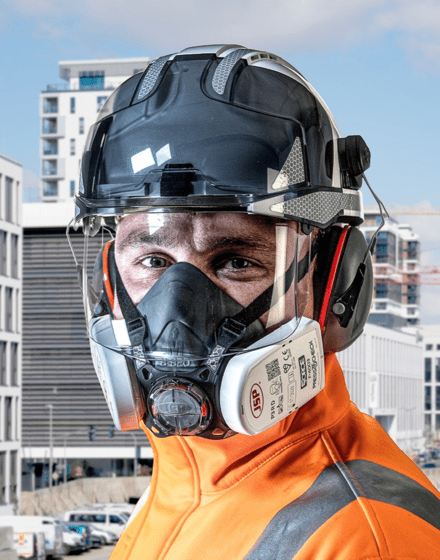
Reusable Respirators
A reusable full face mask respirator should always be used in situations where you may be exposed to irritants to the eyes or skin, such as fumes or mists.
A full face mask respirator should also be considered in environments where you may also need eye & face protection, for example where there is a risk of foreign debris striking you above the neck. A full face mask respirator will remove any issue with PPE compatibility.
Half masks respirators can be used in more dust-related situations where you will not always need permanent eye and face protection provided by a full face respirator.

Disposable Particulate Respirators
Disposable respirators are a useful option in environments where you have a high turnover of one-time users.
These can initially be a more cost-effective option where respiratory protection is required, but can be less effective when compared to Reusable or Powered Air Respirators.

Face
Fit Testing
It is vital that the product fits the individual wearer correctly. Fit testing will help ensure that the mask selected is suitable for the wearer and will offer a secure fit.
